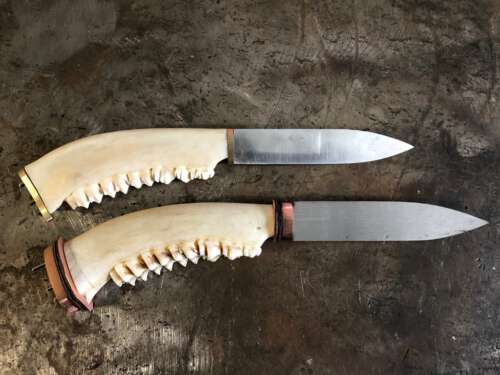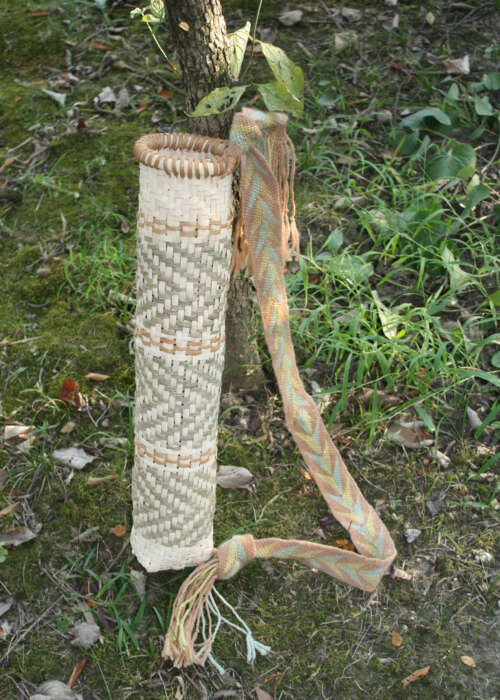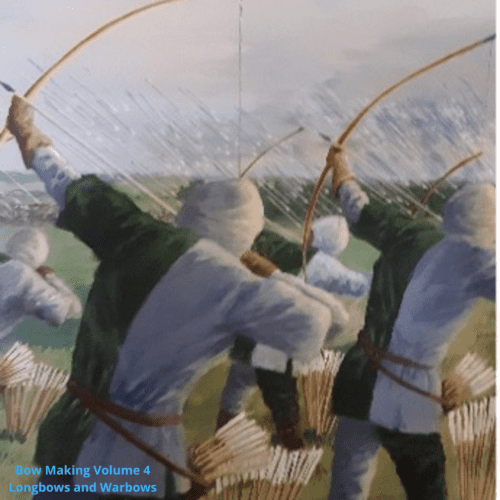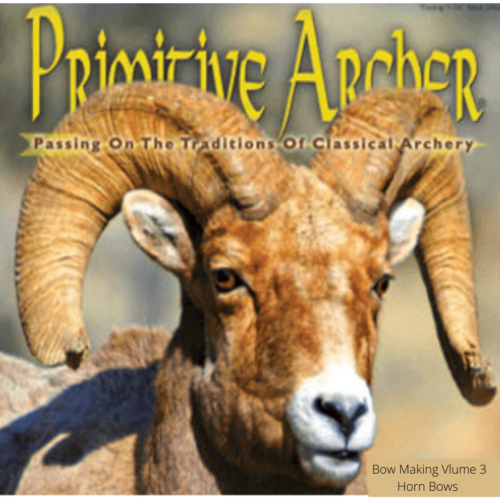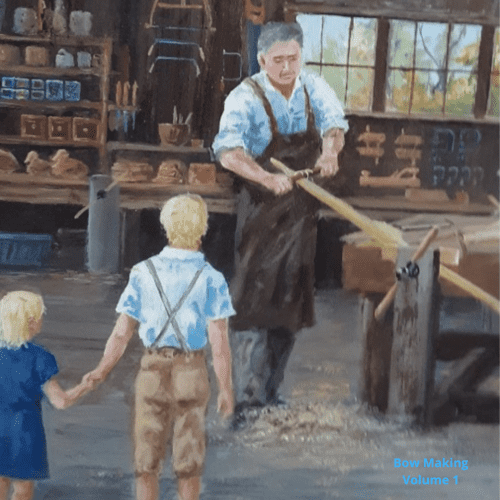WILDERNESS CRAFTS
Volume 2
Implements & Gear
This book is a collection of selected articles describing the attributes and challenges of different wilderness crafts and skills used in creating personal implements and gear as well as the collecting and processing of the materials used in those crafts. This is the twenty-seventh of a series of such collections compiled into books and volumes that comprise the
“Primitive Archer Golden Treasure Series”
ORDER OF ARTICLES
Knife Making: For Richer or Poorer by Bill Priest-Volume 28, Issue 3
An Ax For Making Stick Bows by Stim Wilcox and Larry Balchen-Volume 28, Issue 5
Applying a Cane Grip by Jonathan Hall-Volume 16, Issue 5
The Use of Flax Twine in Bowmaking by Bartlomiej Grygiel-Volume 30, Issue 1
Birch Bark Canoe by John Lindman-Volume 12, Issue 1
Part II: Assembling The Birch Bark Canoe-by John Lindman-Volume 12, Issue 2
Birch Bark Quiver by Mark St. Louis-Volume 15, Issue 4
Pleasure of The Process by John Sturtevant-Volume 9, Issue 2
“Many of us with an interest in what has been called “primitive” or “natural” archery are attracted to simple things- things that aren’t superficial and don’t have a lot of “bells and whistles.” We enjoy these things instead of buying them. Many of us enjoy making everything we use as we pursue our interests, be they for hunting or targets. This doesn’t mean we won’t use or appreciate items made by others, but sometimes they don’t hold the same meaning as things we’ve crafted ourselves. I think many times some of us enjoy the process of making all these wonderful things as much or more than actually having them or using them.” By John Sturtevant “I was first drawn to cane as a bow grip because I was searching for a grip that was sweat proof, waterproof, low maintenance, and would provide a firm gripping surface. Rubber sleves were out because the aesthetics of them were not appealing. I first saw rattan used as a grip on the cover of The Traditional Bowyer’s Bible, Vol. 3, and I first used rattan, or cane, as a grip on my lemonwood composite bow (Primitive Archer Magazine, Feb/Mar 2007). I thought I would write some detailed instructions on how to apply a cane grip to a bow.” By Jonathan Hall “So, get ready and we’ll build a knife or two that will razzle dazzle all your friends, regardless of your skill set, or what your current economic situation may be. You can add your own twist as imagination allows. Here’s how.” By Bill Priest